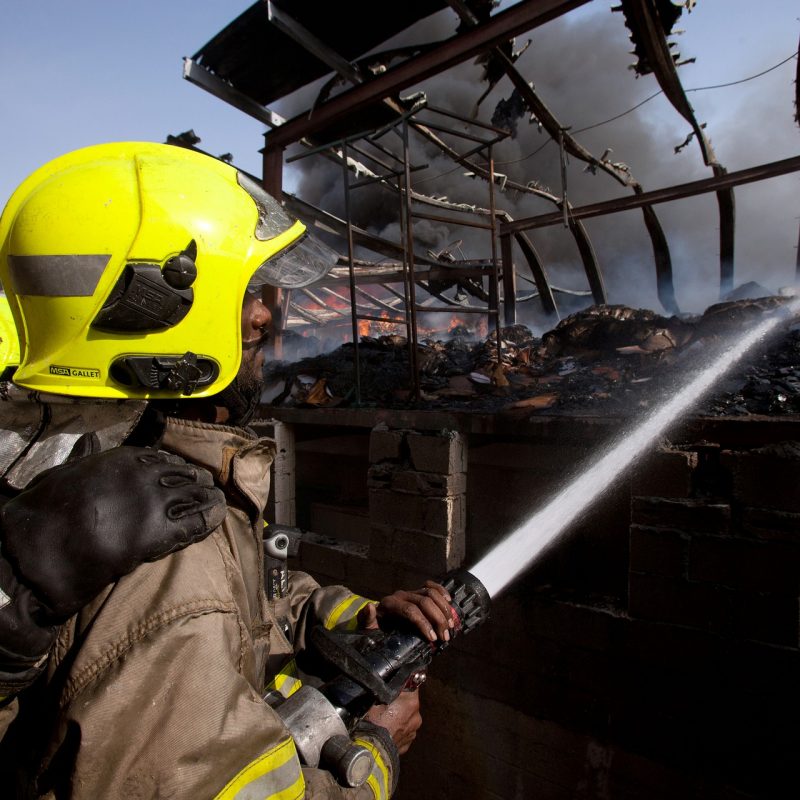Disaster readiness planning tool!

Lets face it; nothing is a certainty in your world. There will be times when you need great resilience.
This tool will help you understand and build your personal resilience recipe, for when you need it most.
What will it do?
This tool allows you to focus specifically on how to cope. Use it whenever you need to build a short-term or emergency plan to get you through a significant challenge or setback.
It will prompt you to be resilient by making great choices around the performance pie. That way, you’ll be as ready as you can be, to do what you need to do effectively, when it matters most.
Three steps to take
Get focused on the things that will make the most impact for you
1.What’s your baseline?
Everyone has resilience. There’s no mystery to it. It’s more of a skill than a quality. Note down times when you have needed to be, and were, resilient in the past.
2. How did you cope?
Write down how you think you coped. Your answers will be in these parts of the performance pie here.
1. Physical energy helps good thinking. How important was looking after yourself physically, getting your sleep?
2. Tactically focusing on what’s ‘right’ now is helpful. How important was this, making good decisions?
3. The support of others is invaluable for most people. How important was the emotional support of people that matter to you?
4. Having as much confidence as you can helps you to perform. How important was retaining confidence and belief in yourself and your ability?
5. Maintaining a sense of control so as not to feel overwhelmed or out of your depth. Was this important for you?
3. Your recipe
Now you have the basis for your resilience recipe. Imagine a future situation where it’s pretty tough and you’re being seriously tested. Based on your answers above what are the top three pieces of advice to yourself to think and do.
The 3 most important pieces of advice to myself to be resilient:
Your plan
Get a plan Stan. This is about getting going. The basics you need to have in your plan are set out below. As well as these we’d encourage you to:
- Think about the people who need to know that you’re using this tool and tell them what you’re doing. That way they can support you, help you reflect and won’t think you’re just being weird.
- Think about the impact you want from using this tool. Depending on your starting point, how hard you work and how ambitious you are, you might not get that impact straight away. So valuing progress rather than perfection will help build your confidence and keep you going.
Plan basics
- What are you going to do? (This bit is easy – it’s the 3 things listed above. No 3 is particularly helpful here)
My actions:
- When are you going to do these things? (You don’t have to be great to get going, but you better get going if you want to be great)
My start date:
- How often will you be doing them? (Getting great has a lot to do with making things a habit)
Check-in frequency and dates:
Get serious
The difference between having a plan and making it work is about action. So get this in your diary now. Tell the people who need to know so that they can support you and won’t just think you’re being weird. Do it now.
Remember, it’s progress not perfection. You’re looking for gradual improvement, not for Rome to be built in a day.
